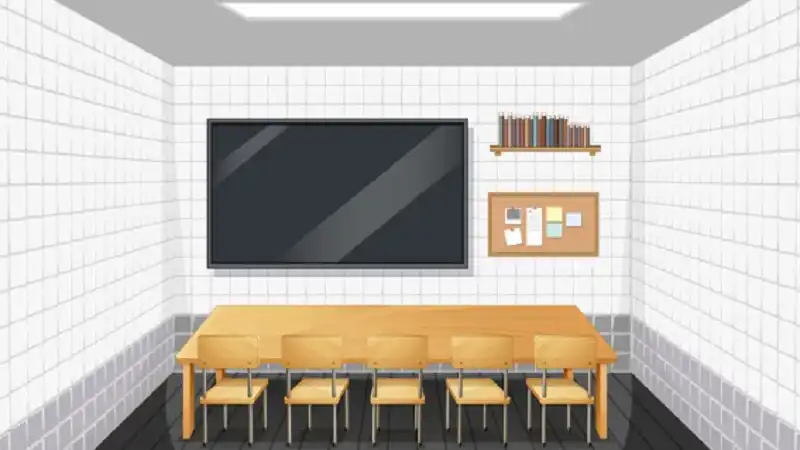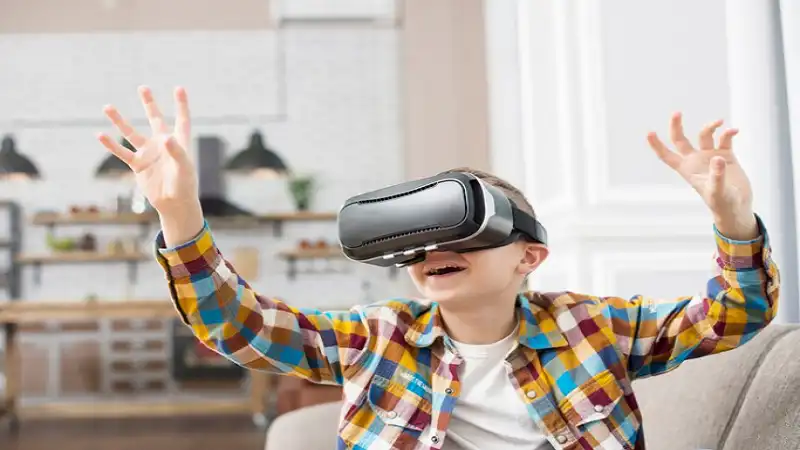Introduction
In recent years, education has undergone a seismic shift due to rapid technological advancement, changing student needs, and an evolving job market. Enter Classroom 30x, a term that represents the classroom of the future, designed to be 30 times more effective, engaging, and efficient than traditional learning environments. This article examines the significance of Classroom 30x, its core components, its global implementation, and its implications for educators, students, and the future of education. If you’re a school administrator, teacher, policymaker, or edtech enthusiast, this guide will provide you with a complete overview and actionable insights for adopting this new educational paradigm.
What Does “Classroom 30x” Really Mean?
At its core, Classroom 30x is not a singular product or software, but a philosophy and blueprint for reimagining education. The “30x” signifies exponential improvements in areas such as:
-
Student engagement
-
Learning outcomes
-
Technology integration
-
Teacher productivity
-
Accessibility and inclusivity
-
Adaptability to real-world needs
Key Features of a Classroom 30x Environment
1. Technology-Enhanced Learning
Technology is the backbone of Classroom 30x. From interactive whiteboards and virtual reality simulations to AI-based tutors and cloud-based content management systems, the classroom becomes a smart hub of innovation.
-
Smartboards replace chalkboards, allowing real-time collaboration.
-
Learning Management Systems (LMS) like Google Classroom or Canvas provide centralized access to assignments, grades, and feedback.
-
AI Tutors and Chatbots offer personalized support 24/7.
-
Gamified Learning Apps enhance engagement through rewards and challenges.
2. Personalized Learning Paths
One-size-fits-all education is outdated. Classroom 30x uses data-driven algorithms to tailor content and pacing to individual student needs, abilities, and interests.
-
Adaptive learning platforms assess students’ strengths and weaknesses.
-
Real-time feedback allows immediate intervention.
-
Project-based learning lets students explore topics that resonate with them.
3. Collaborative and Interactive Spaces
Physical and digital classroom layouts are designed to foster collaboration and communication.
-
Flexible seating arrangements replace fixed rows.
-
Group projects are facilitated through online collaboration tools like Google Docs, Trello, and Miro.
-
Discussion boards and virtual break-out rooms support peer-to-peer learning.
4. Global Connectivity
The Classroom 30x concept extends beyond the four walls of a school building.
-
Virtual field trips to museums, factories, and international locations.
-
Students interact with each other in Global classrooms in different countries via video conferencing.
-
Multilingual learning platforms that make education more inclusive and globally aware.
5. Real-Time Analytics and Data Use
Instructors receive instant feedback about how students are performing via dashboards and analytics tools.
-
Identify struggling students before they fall behind.
-
Optimize lesson plans based on engagement levels.
-
Align instruction with curriculum standards using predictive analytics.
Benefits of Classroom 30x
1. Increased Engagement and Motivation
Gamified learning and personalized content keep students interested and motivated. The use of technology mimics the environments they are already familiar with in daily life.
2. Improved Academic Outcomes
With adaptive learning and real-time support, students can master content at their own pace, resulting in better retention and understanding.
3. Teacher Empowerment
Classroom 30x frees up teachers from administrative tasks through automation and AI, enabling them to focus on mentoring and guiding students.
4. Inclusivity and Accessibility
Students with special needs benefit from assistive technologies like screen readers, voice-to-text, and customizable content formats.
5. Global Competency
With exposure to diverse cultures, languages, and ideas, students become more prepared for a globalized workforce and society.
Challenges in Implementing Classroom 30x
While the vision is compelling, there are obstacles that schools and institutions must overcome.
1. Infrastructure Limitations
Not all schools have the bandwidth, hardware, or funding to support advanced technologies. A phased implementation may be necessary.
2. Teacher Training
Educators need ongoing professional development to effectively use and integrate new tools.
3. Data Privacy and Security
Increased use of digital platforms raises concerns about data security. Schools must comply with regulations like FERPA, COPPA, or GDPR to protect student information.
4. Digital Divide
It exacerbates the inequality system because students from lower-class households may not have access to the internet or digital devices.
Best Practices to Transition to a Classroom 30x Model
1. Start with a Pilot Program
Implement Classroom 30x features in one or two classrooms before scaling up. Gather feedback from students and teachers to refine the approach.
2. Invest in Teacher Training
Create workshops, certifications, and mentorship programs to ensure educators are comfortable with new tools and methodologies.
3. Engage Stakeholders
Parents, students, administrators, and IT staff should all be part of the planning and implementation process. Transparency builds trust and ensures smoother transitions.
4. Prioritize Cybersecurity
Use secure platforms, conduct regular audits, and educate students about digital responsibility and safety.
5. Measure and Optimize
Set measurable KPIs such as student performance, engagement rates, and teacher satisfaction. Use this data continuously to refine your strategies.
Case Studies: Classroom 30x in Action
1. Finland’s Digital Classrooms
Finland, renowned for its forward-thinking education system, integrates AI tutors, digital portfolios, and virtual classrooms across its schools. Results show higher student hard work and improved academic performance.
2. Singapore’s Smart Nation Initiative
Singapore’s classrooms are equipped with smart sensors, real-time dashboards, and interactive screens. Their adaptive curriculum models are tailored using big data analytics.
3. U.S. Public Schools with Google Ecosystem
Many U.S. states use Google Workspace for Education for online communication, lesson planning, and remote learning. During the COVID-19 pandemic, this helped maintain learning continuity.
Future Trends
1. AI-Driven Predictive Learning
Expect AI to not only personalize learning but also predict future performance, enabling even earlier intervention.
2. Blockchain Credentials
Blockchain technology will allow secure, verifiable academic records and micro-credentials to be shared across platforms and employers.
3. Augmented Reality (AR) and Virtual Reality (VR)
Immersive learning experiences will become mainstream, allowing students to “travel” through the human body, historical events, or engineering labs, all from their desks.
4. Emotion AI and Mood Sensors
Future classrooms may incorporate emotion-sensing technologies to adapt lessons based on students’ emotional states, ensuring mental well-being is part of academic success.
Conclusion
Classroom 30x is more than just a buzzword. It’s a comprehensive vision for education that is responsive, inclusive, and innovative. By embracing the core principles of technology integration, personalization, and global connectivity, schools can create more effective learning environments that better prepare students for the realities of tomorrow.













